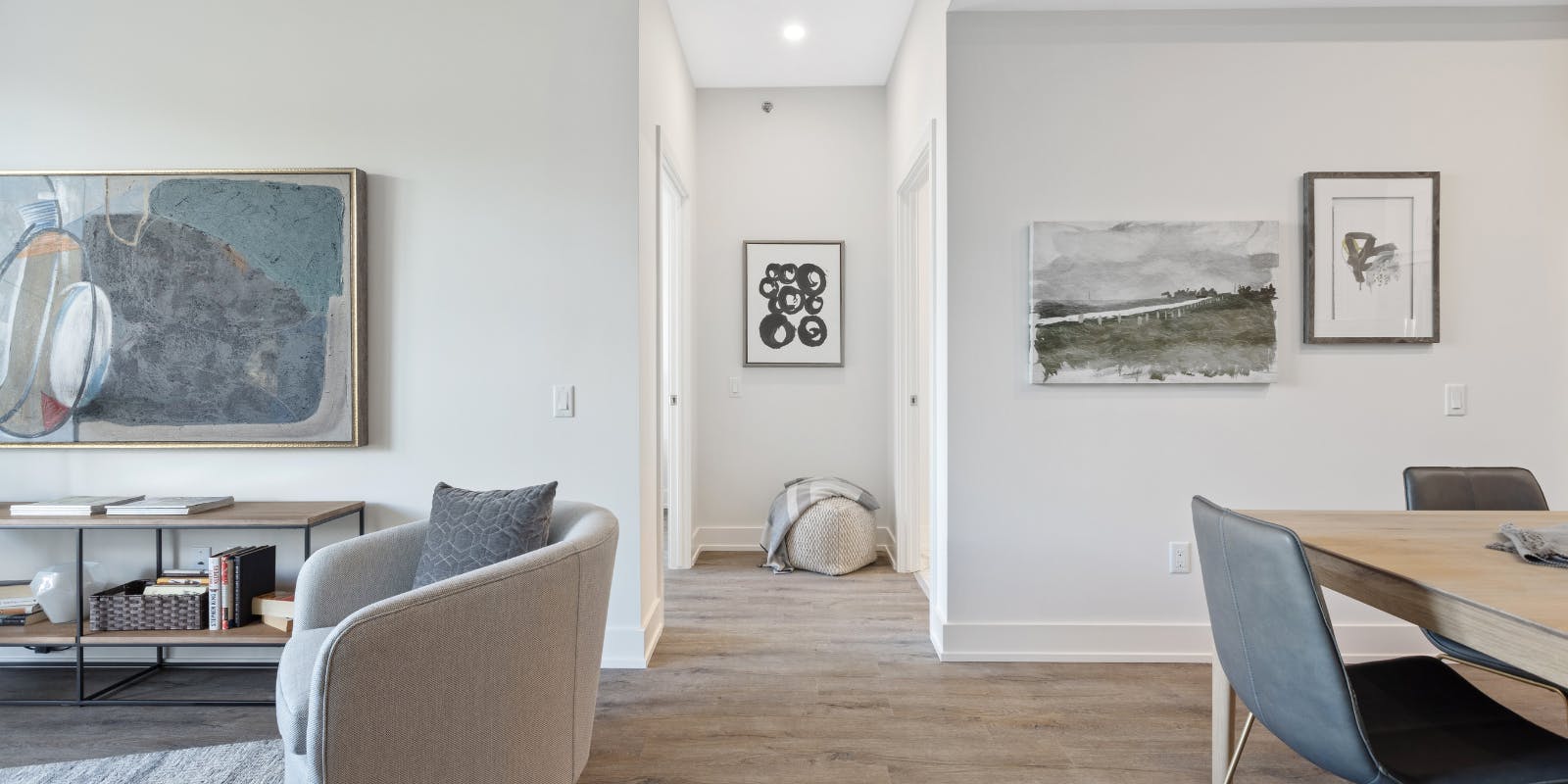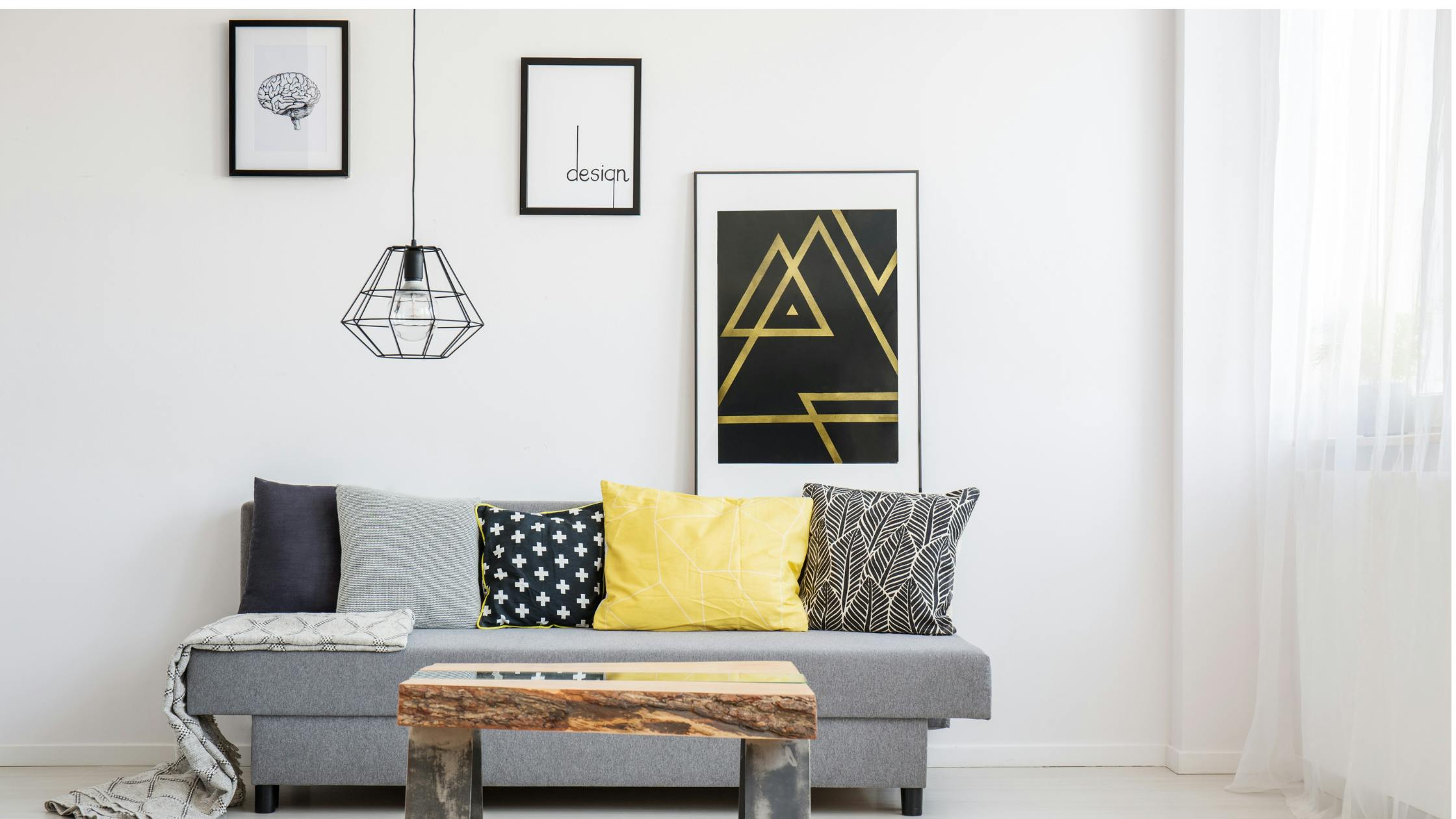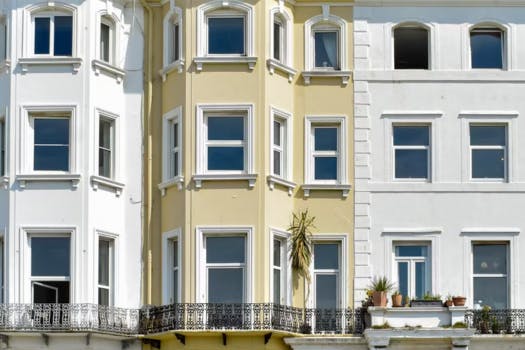Is Shared Ownership Worth It & Is It Right For You?
Shared ownership is a part buy, part rent scheme designed to help first time buyers or people who have previously owned a home but can no longer afford to buy.
First-time buyers are currently facing a duo of affordability challenges. Rising rent prices are making it tough to save for a house, while soaring property prices are pushing the minimum house deposit ever higher. With the Help to Buy scheme now ended, many first time buyers are wondering how they can afford to get on the property ladder.
While there are specialist buying schemes that can boost your affordability to get a bigger mortgage, one way to get on the ladder sooner is to use Shared Ownership.
What is shared ownership & how does it work?
What is shared ownership?
Shared ownership is a buying scheme designed to help first-time buyers or people who have previously owned a home but can no longer afford to buy. It works by purchasing a share of a home, normally between 10-75%, then paying rent on the rest to a landlord or housing association.
If you use a mortgage to buy your share to begin with, you'll need a much smaller deposit versus a standard mortgage because it's based on the share of the home you’re buying, instead of the full property price. Because you don't need a mortgage for the whole property, this can make Shared Ownership a great alternative to traditional mortgages for those struggling to get on the ladder.
You will then pay rent to your Shared Ownership provider on the share of the home you don't own. Over time, you can then "staircase" up to full ownership by buying more of the property, normally in monthly increments or in lump sums when you can afford it.
Shared ownership schemes are either run by the government, whereby you'll pay rent to a housing association, or by private providers such as StrideUp, the no deposit Rent to Own scheme, Wayhome and Your Home.
Some of these schemes are better described as home purchase plans - which means because they are mortgage-free, some of them are Shariah-law compliant, so can be used by Muslims as an Islamic mortgage option.
Read more: How does Shared Ownership work?
You might also like: What is an Islamic mortgage?
Who is shared ownership for?
Shared ownership can be used by anyone, but it's best for buyers who cannot save a big enough deposit, are struggling to get a big enough mortgage to buy the house or apartment they need, or for people who can't use a traditional mortgage. This can include single parents or those who are buying on their own, as well as people who are self-employed.
Shared ownership pros and cons
Pros
Afford a more expensive home or buy in a nicer area
Get on ladder with as little as 5% deposit
Live debt-free and avoid paying interest
Some schemes are shariah-compliant
Cons
The property must pass the provider's requirements
The amount of rent you pay could change
You must meet the provider's criteria
Shared ownership properties are often leasehold
Pros of shared ownership:
1. Afford a more expensive home or buy in a nicer area
If you’re trying to get on the property ladder in a popular corner of the UK, this can mean you need more than the average buyer to get on the ladder. Shared ownership makes home ownership affordable in areas where house prices are high - for example, with StrideUp you could buy a share of a home worth up to 6.5x your income, while Wayhome could help you afford a home worth 10x your income.
2. Get on ladder with as little as 5% deposit
Although some shared ownership schemes can require a larger deposit, there are some which only require you to put down a 5% deposit on the share you're buying. This can make it significantly easier to get a place to call your own by reducing the amount you need to put down up front.
Plus, the minimum deposit required is lower than for a standard purchase on a property of the same value, because it is based on the share you’re buying and not the whole house. Your borrowing costs are also lower because you’re taking out a mortgage to buy a small share in the property.
3. Live debt-free and avoid paying interest
As long as you have enough cash to purchase the minimum share up front, shared ownership can allow you to live mortgage free. Each month, you'll pay rent on the portion of the property you don't own, and buy more equity in the home over time. Plus, with some schemes if you don't want to buy more of the property, you don't have to.
4. Some schemes are Shariah-compliant
Some part buy part rent scheme providers are classed as home purchase plans and are certified by bodies such as the Islamic Council of Europe as Shariah-law compliant. This makes them a suitable alternative to a traditional mortgage for Muslims looking to buy a home while being in keeping with their faith.
Cons of shared ownership:
1. The property must pass the provider's requirements
Many shared ownership providers set criteria for the types of properties which can qualify for the scheme. For example, some providers only accept pre-owned properties (so no new builds), while others only accept properties within a certain price range.
2. The amount of rent you pay could change
With some schemes, the amount you pay in rent can change over time. For example, with Wayhome your rent will go up once a year at the rate of inflation, which is set by the government. However, your rent can also go down when you buy more of your home.
3. You must meet the provider's criteria
Like most mortgages and buying schemes, shared ownership providers have different eligibility criteria which you'll need to meet to be accepted. This varies from provider to provider, but can include earning over or under a certain amount or be over a certain age.
4. Shared ownership properties are often leasehold
One of the criticisms of shared ownership is that it carries the costs of full ownership without all of the benefits. This mostly stems from the fact that shared ownership homes are often sold as leasehold. This means you will pay 100% of the service charge and ground rent of the property, even if you only own a share of the home.
You’re also liable for the maintenance costs. So if the roof of your apartment block needs repair, or the front door intercom is on the blink, you'll most likely have to contribute. Your solicitor will be able to talk you through how the lease works and what to expect in terms of maintenance costs.
Is Shared Ownership worth it?
Whether shared ownership is worth it or not depends on you and your personal circumstances. For some, shared ownership can be their solution to getting on the ladder sooner, which can be life changing for many families. For others, they might be better suited to other low deposit mortgage schemes, or exploring ways to increase their affordability so you can borrow more for a mortgage.
If you're unsure whether shared ownership is right for you, you're in the right place. We are an award-winning mortgage broker that specialises in alternative ways to get on the ladder. Our expert team can help you decide which mortgage scheme is best for you, and be by your side every step of your journey, all the way up to getting your keys. Get started with Tembo today.
See what you could afford with Shared Ownership
Find out if you are eligible for a shared ownership scheme and how much it could help you boost your budget by creating a free Tembo plan. It takes 10 minutes to complete, and there's no credit check involved.



